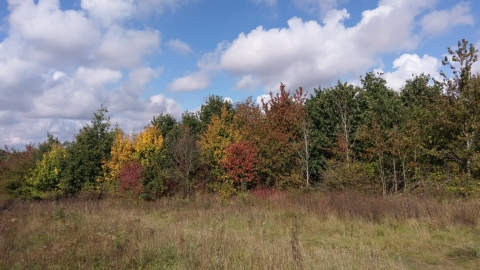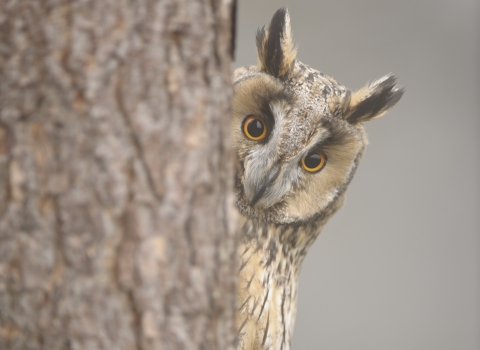
Photo - Bob Seago
Great Holland Pits Nature Reserve
Know before you go
Dogs
Under effective control
When to visit
Opening times
Accessible at all timesBest time to visit
April to July for insectsAbout the reserve
Wandering through the reserve you will pass remnants of old woodland, with Soft Shield and Hart’s-tongue Ferns blanketing the floor below. The scars of pits that once marked the landscape now holds ponds and wet depressions, favoured by the Kingfisher, Coot and Little Grebe that frequent here.
Areas of open grassland and pastures support many flowering plants, including the beautiful Yellow Archangel, Moschatel and the bizarre looking Mousetail plant, who’s strange flowers give the plant its name.
Reaching the areas of high ground, you will be provided with beautiful views over Holland Brook meandering its way through the water meadows. These diverse habitats found here are what makes it such an important site for many species of butterflies, moths and other invertebrates and home to many species besides.
Contact us
Environmental designation

Photo - Andrew Mason
Did you know?
In winter, Long-eared Owls can sometimes be seen in the trees or hunting over the fields
